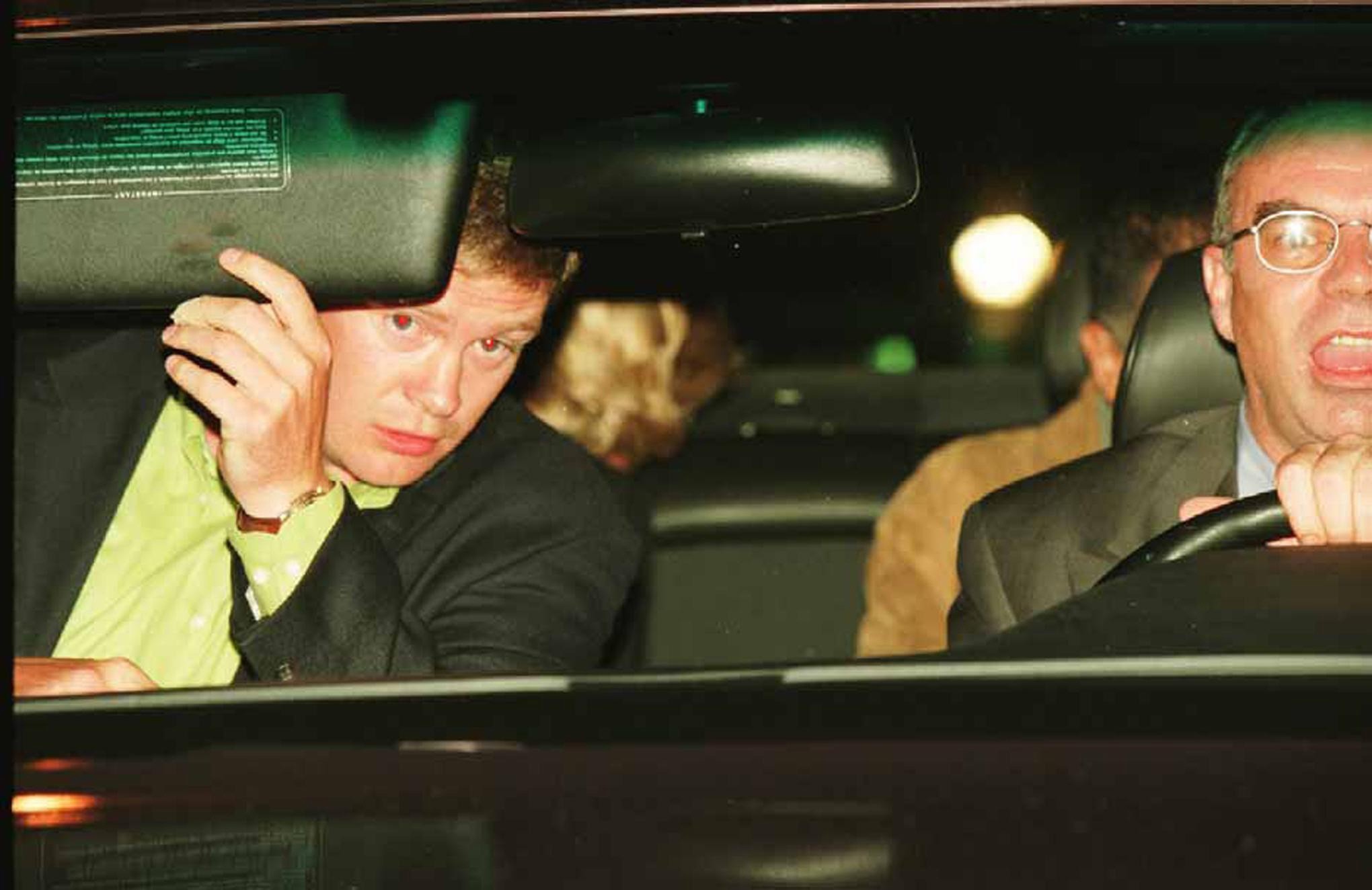Princess Diana, the Princess of Wales, remains one of the most beloved figures in modern history. Known as the “People’s Princess,” she captured global attention with her compassion, humanitarian work, and unique ability to connect with people from all walks of life. Her untimely death on August 31, 1997, in Paris, France, shocked the world and continues to be the subject of reflection and remembrance nearly three decades later.
This article explores the confirmed details of the tragedy, the official investigations that followed, and how Diana’s life and legacy continue to influence both the British monarchy and global conversations about mental health, charity, and road safety.
The Night of August 31, 1997
On the night of August 30–31, 1997, Princess Diana was traveling in Paris with her companion, Dodi Fayed. Their car, a Mercedes-Benz S280, was driven by Henri Paul, the deputy head of security at the Hôtel Ritz Paris, where Diana and Fayed had been staying. Also in the vehicle was bodyguard Trevor Rees-Jones.
Shortly after midnight, the car entered the Pont de l’Alma tunnel, where it crashed into a pillar. According to official reports, Henri Paul lost control of the vehicle while driving at high speed. Both Paul and Fayed died at the scene, while Diana was critically injured. Despite medical efforts, she was pronounced dead at 4 a.m. at the Pitié-Salpêtrière Hospital in Paris.
Trevor Rees-Jones, the bodyguard, was the sole survivor of the crash.

Official Investigations and Findings
Following the accident, French authorities conducted a full investigation. Toxicology reports confirmed that Henri Paul had a blood alcohol level over the legal limit for driving in France, which was a key factor in the crash. In addition, the vehicle was being pursued by paparazzi on motorcycles, which contributed to the dangerous circumstances.
A second inquest was later held in the United Kingdom. In 2008, a jury at the Royal Courts of Justice concluded that Princess Diana and Dodi Fayed were “unlawfully killed” due to the reckless driving of Henri Paul and the pursuing paparazzi. This conclusion was consistent with earlier French findings.
The inquest firmly rejected conspiracy theories, stating there was no credible evidence to suggest foul play. The official cause of the crash was attributed to a combination of excessive speed, driver impairment, and harassment by photographers.

Security Concerns Before the Accident
One element often discussed in relation to Diana’s death is the matter of security. After her separation from Prince Charles in 1992 and eventual divorce in 1996, Diana no longer had the same level of royal protection she once did. While she occasionally traveled with private security, she did not have the permanent detail provided by Scotland Yard.
Former security officers have since stated that official protection may have reduced risks during her travels. However, this remains a matter of context rather than certainty, as the circumstances of the crash were complex and influenced by multiple factors.

The Impact of Media Pressure
Princess Diana had long been one of the most photographed women in the world. Her life was constantly under media scrutiny, and paparazzi followed her relentlessly. In the years leading up to her death, concerns about her safety due to media pursuit had already been raised.
On the night of the accident, photographers followed the car as it left the hotel, with some pursuing it into the tunnel. This raised serious questions about press ethics and responsibility. Following her death, there were widespread calls for stronger media regulations and more respect for the privacy of public figures.
Diana’s Legacy of Compassion
Despite the tragedy of her death, Diana’s life remains a symbol of kindness and empathy. She dedicated much of her time to charitable causes, including:
-
HIV/AIDS awareness: Diana was one of the first high-profile public figures to challenge the stigma surrounding HIV/AIDS by openly engaging with patients.
-
Landmine campaign: She advocated for the banning of landmines, famously visiting minefields in Angola and Bosnia. Her work helped raise awareness and support for the 1997 Ottawa Treaty, also known as the Mine Ban Treaty.
-
Support for children and the homeless: Diana worked with charities that assisted vulnerable children, young people, and families experiencing homelessness.
Her efforts humanized the monarchy and inspired many around the world to take a closer interest in humanitarian issues.

Public Mourning and Global Impact
Diana’s funeral on September 6, 1997, was one of the most watched events in history, with an estimated 2.5 billion people tuning in worldwide. Crowds of mourners gathered in London, leaving millions of flowers outside Kensington Palace and Buckingham Palace.
Her passing became a defining cultural moment of the 1990s and remains one of the most significant events in modern royal history.
Diana’s Continuing Influence
Even decades later, Diana’s legacy endures. Her sons, Prince William and Prince Harry, often speak about the influence their mother had on their lives. Both have carried forward her dedication to mental health advocacy and charitable work.
Diana also played a role in modernizing the monarchy. Her approachable, empathetic style helped reshape public expectations of royal figures, paving the way for a more relatable and human-centered royal family.

Conclusion
Princess Diana’s life was one of compassion, dedication, and extraordinary public connection. Her tragic death in 1997 remains one of the most heartbreaking events of the modern era, but it also sparked meaningful changes in road safety, media ethics, and the way the royal family interacts with the public.
The official investigations into her passing established the causes as reckless driving, impairment by alcohol, and pursuit by paparazzi. While speculation continues in some circles, the confirmed findings from both French and British authorities provide clarity.
More than 25 years later, Diana’s legacy continues to inspire millions worldwide. Her humanitarian work, her empathy for marginalized communities, and her enduring influence on her sons ensure that her memory remains as powerful as ever.
